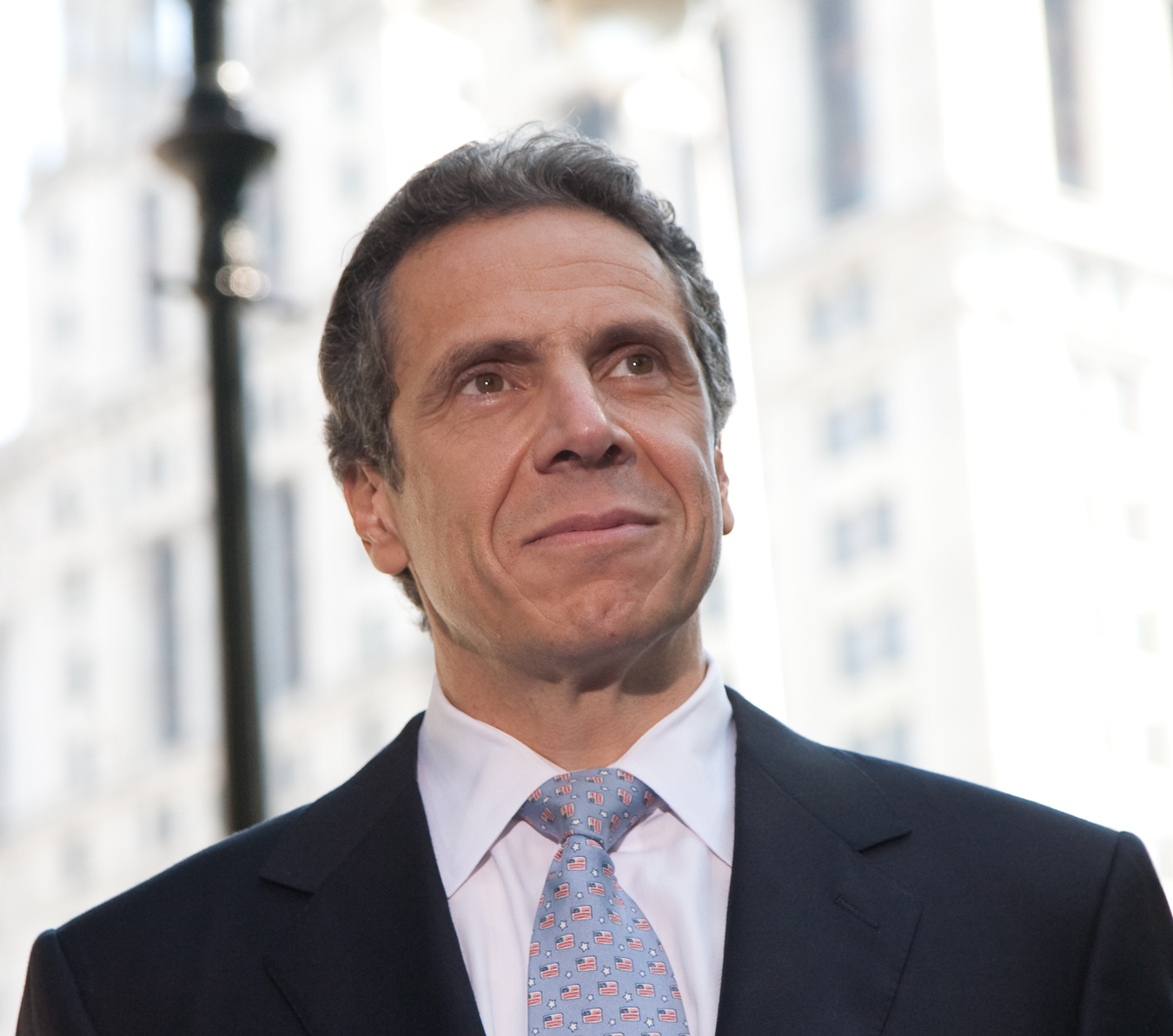The state health commissioner recommended a maximum contamination level of 1 part per billion for the drinking water contaminant 1,4-dioxane Monday as the governor cleared millions of dollars to help fund local projects to treat the chemical.
The contaminant 1,4-dioxane is a clear liquid that was prevalent in Long Island manufacturing and is used in solvents, paint strippers, greases and wax. The Environmental Protection Agency classifies the chemical as “likely to be carcinogenic to humans” through all routes of exposure.
Commissioner Howard Zucker has directed the state Department of Health to begin adopting the standards that were recommended by the state Drinking Water Quality Council in December.
The maximum contaminant level set by for 1,4-dioxane is the first contaminant level regulation set on the substance in the nation, according to the governor’s office. Zucker also accepted a maximum contaminant level of 10 parts per trillion for both PFOS and PFOA.
PFOA is a chemical used to produce nonstick, stain-resistant and water repellent products. PFOS is a chemical used in the production of firefighting foam.
“We’re proposing the most protective levels in the nation for three emerging contaminants to ensure we are regularly testing and fixing water systems before they ever rise to a public health risk in any part of the state,” Gov. Andrew Cuomo said.
The Port Washington Water District is expected to begin a pilot study to treat 1,4-dioxane at wells in Christopher Morley Park in Roslyn before the close of the summer. One of the three Port water district wells in the park is slightly above the pending maximum contamination level.
The governor also announced the availability of $350 million for municipalities to carry out infrastructure projects that protect public health or improve water quality.
Another $27 million has been allocated to help Long Island communities upgrade drinking water treatment systems and address emerging contaminants. State grants will fund up to 60 percent of each project’s cost up to a maximum of $3 million.
Both Manhasset-Lakeville Water District and the Port Washington Water District received $3 million from the state for 1,4-dioxane treatment. The Port Washington district’s funds will also be used for PFOA treatment.
The state will also provide another $370,000 in grants to fund the planning and development of new local infrastructure projects that address emerging contaminants. Grants of up to $50,000 each have been awarded to 14 public systems across the state.
Among those 14 municipalities are the Garden City Park Water District, which was awarded $19,600 for 1,4-dioxane treatment planning; the Village of Mineola, which received $30,000 for 1,4-dioxane removal planning; and the Roslyn Water District, which was granted $30,000 for 1,4-dioxane treatment planning.
After the regulations are adopted, the Environmental Facilities Corp. and the Department of Environmental Conservation will work with the Department of Health to remediate water systems that test above the maximum levels. All public water systems will be required to test their water within specified time frames and comply with the adopted maximum contaminant levels.
Most water suppliers in the state will be required to submit their first round of testing within three months of the regulation’s adoption.
To adopt the regulations, a Notice of Proposed Rulemaking in the New York State Register is expected to be published on July 24, which will commence a 60-day comment period. After assessments of public comments, the proposal will be revised or submitted for adoption by the Public Health and Health Planning Council, under the condition of approval by the state health commissioner.
“This long-awaited first step puts New York on a path to cleaner drinking water. Establishing Maximum Contaminant Levels for PFOA, PFOS, and 1,4-dioxane will require all public water systems in New York to test for these chemicals and take action when elevated levels of contamination are discovered,” said Maureen Cunningham, senior director for clean water at Environmental Advocates of New York.
“However, recent science shows that there is likely no safe level of these chemicals, and the state MCLs must reflect this. Environmental Advocates will continue to urge the Department of Health to bring their MCLs in line with the most recent science during the public commenting period,” she said.
Nassau County Executive Laura Curran welcomed the move.
“Ensuring that our Long Island drinking water remains safe for current residents and future generations is critical. We commend Governor Cuomo and the State Health Department for taking aggressive action and proposing unprecedented and necessary standards to safeguard the health and safety of our residents. Nassau County’s Department of Health upholds all measures to help protect the drinking water supply for our residents and will continue to support water suppliers in Nassau County to make the required improvements.”



